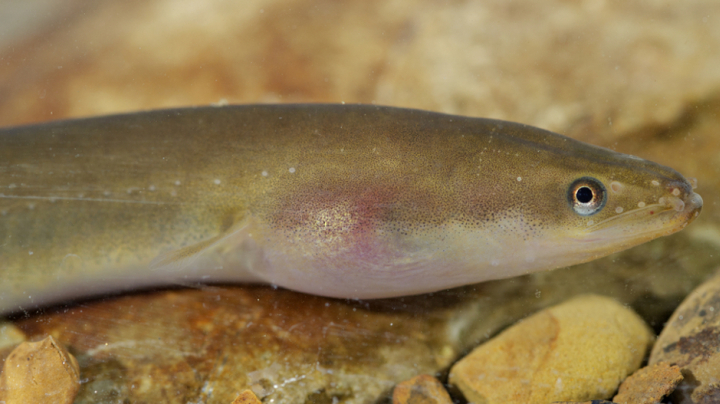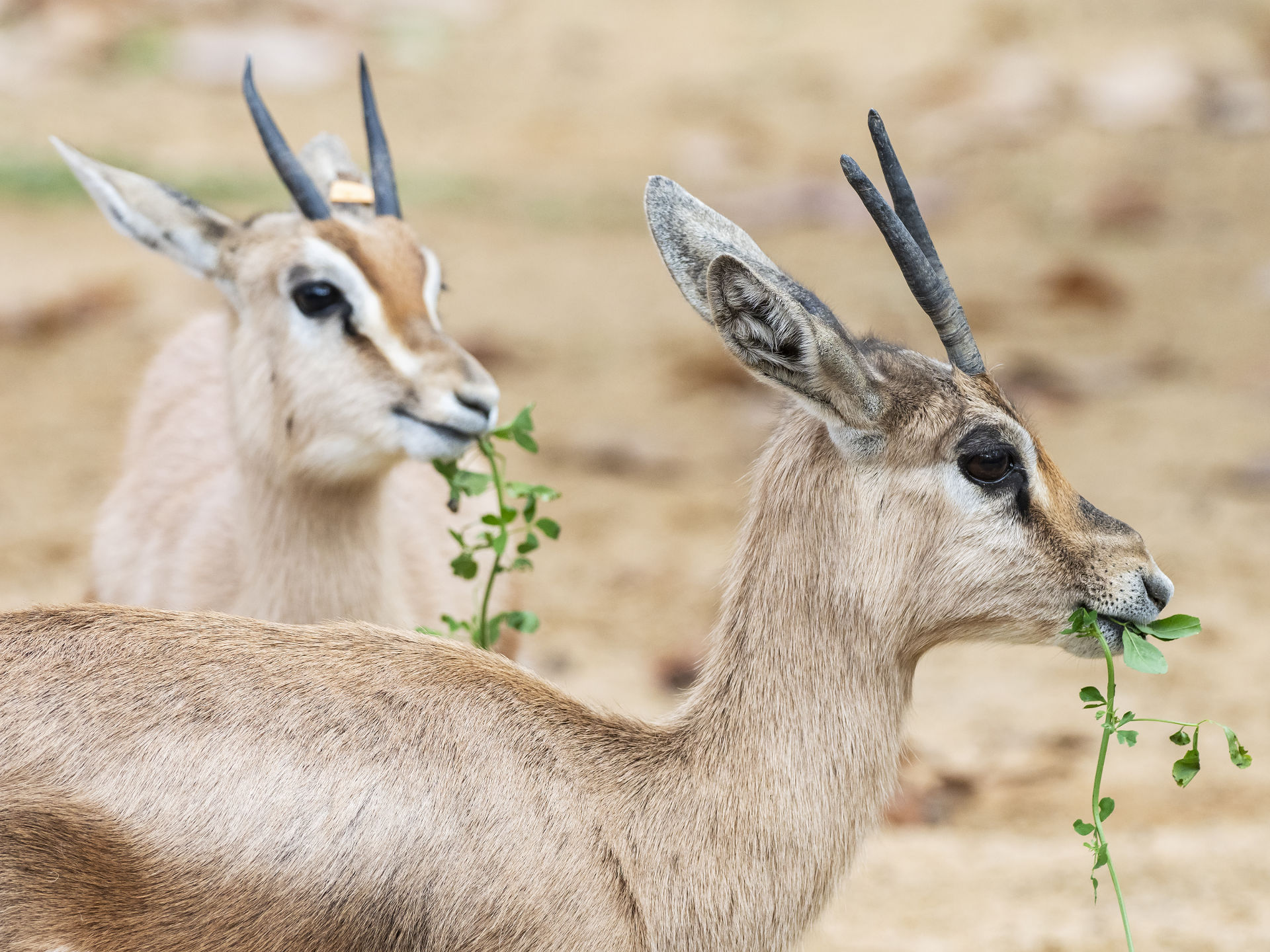
The project focuses on a pilot test to mark fish with ultrasonic telemetry to monitor their movements for several months and evaluate the main problems with their downstream river migrations to the final section of the Ebre River, below the Flix dam: hydroelectric power stations and irrigation canals. The target species are the European eel (Anguilla anguilla), the twait shad (Alosa fallax) and the European sea sturgeon (Acipenser sturio), whose conservation is the main objective of teh project LIFE MIGRATOEBRE. As there are no specimens of European sea sturgeon that can be released into the Ebre, a further aim is to mark and monitor specimens of thinlip mullet (Liza ramada) and flathead mullet (Mugil cephalus), due to the importance these species have in the ecology of the final stretch of the Ebre and their migratory behavioural similarities to the sturgeon.
The overall objective of the project thus consists of marking and monitoring different fish species as a previous and complementary study to the LIFE MIGRATOEBRE project, which primarily aims to improve the upstream migratory possibilities by means of establishing different passage devices for fish, and not work on the different impacts of downstream migration.
We plan on marking a total of 30 fish using VEMCO emitters. The fish will be captured in the river using electric fishing systems from a boat and the emitters will be installed through their mouths (for the twait shad) or by means of a small incision in the peritoneal cavity made by a specialised veterinarian (for the other species). All of the fish will also wear an individual internal identifier (PIT tag).
To learn of their movements, 28 VEMCO receivers (VR2W-69 kHz) will be installed at the final section of the Ebre, stuck to buoys and georeferenced, with the goal of finding out the detailed movements of the fish along the course of the river, the estuary, the coastal lagoons and their coming and going on the coastline of the Ebre Delta. The receivers will be checked on a weekly basis and the information logged will be recorded.
Finally, the temporal data on the presence/absence and movements of the fish with the different obstacles present will be superimposed, and from here the timely conclusions will be drawn on the need to improve their permeability.



